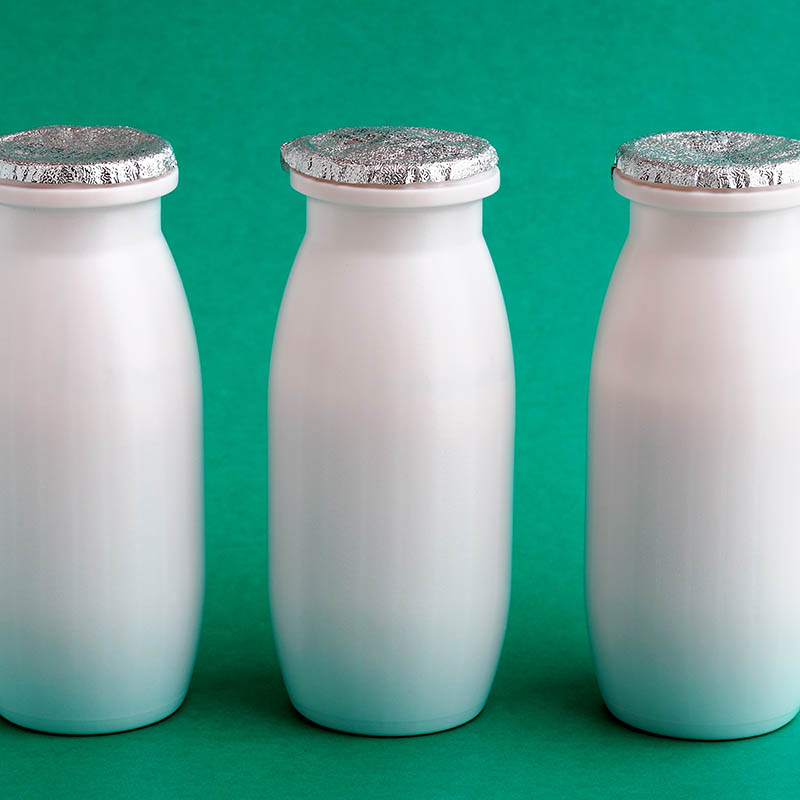
By: Alexandra I.
Year: 2023
School: Rancho San Joaquin Middle
Grade: 8
Science Teacher: Paige Morris
In today’s health-conscious world, yogurt is often hailed as a superfood, marketed by a multibillion-dollar industry as the elixir of gut health. But is this portrayal accurate? Are the expensive yogurt brands truly superior when it comes to probiotic content? Alexandra set out to demystify the yogurt aisle by investigating the presence of live probiotics in some of the most popular yogurt brands.
The Quest for Probiotics
Probiotics, those beneficial live microorganisms that promote gut health, have gained immense popularity in recent years. They are found not only in supplements but also in various fermented foods, with yogurt being a prominent source. Alexandra’s research focused on testing the presence of live probiotics in yogurt brands that boldly displayed the FDA-approved label of “live and active cultures.” These brands, Chobani, Danon, Skyr, Stonyfield, and Yoplait, were chosen because they advertised high concentrations of probiotics.
The Hypothesis and Experimental Approach
Alexandra’s hypothesis was straightforward: expensive yogurts, defined as those costing more than $5 per kilogram, would contain a higher concentration of probiotics, measured as colony forming units (CFU) per gram of yogurt. To test this, she meticulously followed a modified version of the FDA protocol for analyzing live and active cultures in yogurts (ISO7889:2003(E)).
Her approach involved plating yogurts on MRS Lactobacilli agar plates in serial dilutions. By counting the colonies that grew, she calculated the number of CFUs per gram of yogurt. This method allowed her to quantify the live probiotics present in each yogurt brand.
Shattering the Myth of Uniformity
Alexandra’s results were eye-opening. There was a substantial disparity in the concentration of probiotics among the different yogurt brands. Expensive yogurts, those exceeding the $5/kg threshold, contained several million times more live probiotics than their cheaper counterparts.
In fact, it was revealed that a single million CFU of probiotics could cost anywhere from a mere cent to a staggering $800, depending on the yogurt brand. Cheap yogurts, defined in her study as those costing less than $5/kg, had less than 0.0005% of the CFU required by the FDA.
Expensive Yogurts Reign Supreme
The data gathered through Alexandra’s rigorous experimentation unequivocally supported her initial hypothesis: expensive yogurts did indeed contain a significantly higher concentration of probiotics than cheap ones. The brands Chobani, Danon, Skyr, and Stonyfield emerged as the clear leaders, each boasting several million times more CFUs than Yoplait.
The Labeling Conundrum
One significant takeaway from Alexandra’s project was the revelation that the current labeling system of yogurts falls short in providing consumers with sufficient information. The “live and active cultures” label, while FDA-approved, does not reflect the vast differences in probiotic content among different brands.
